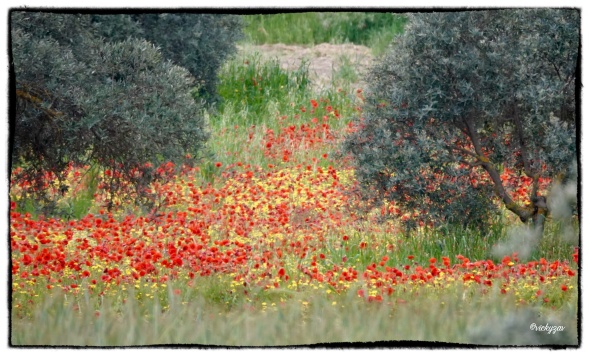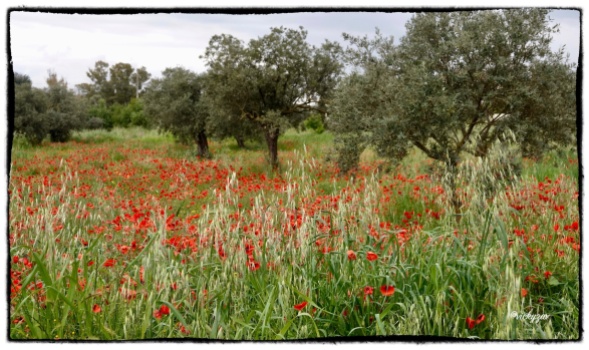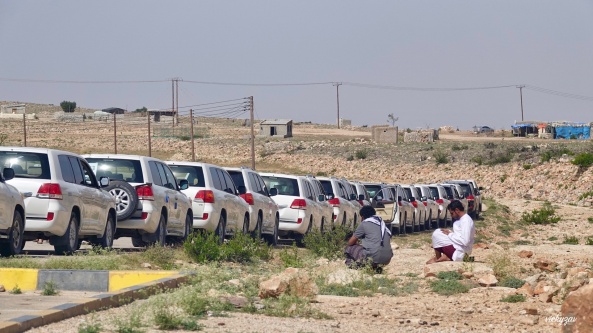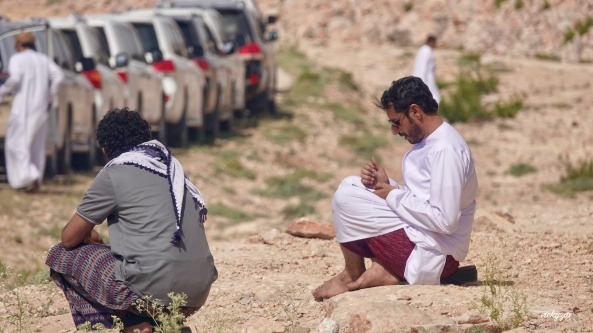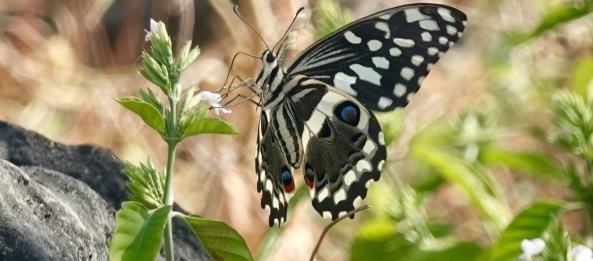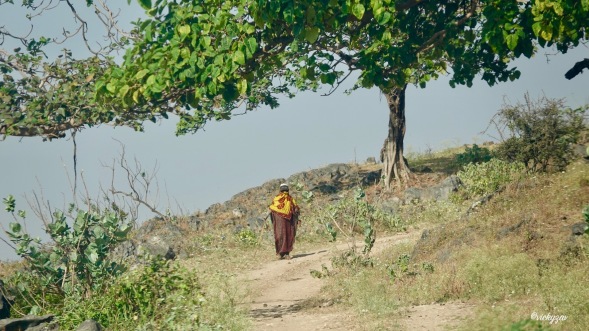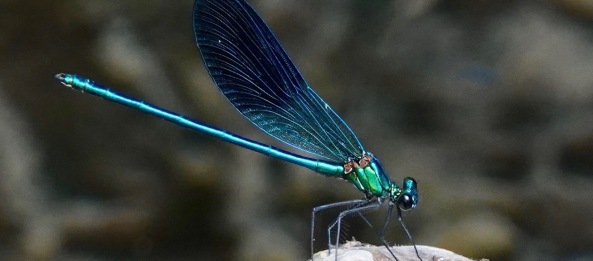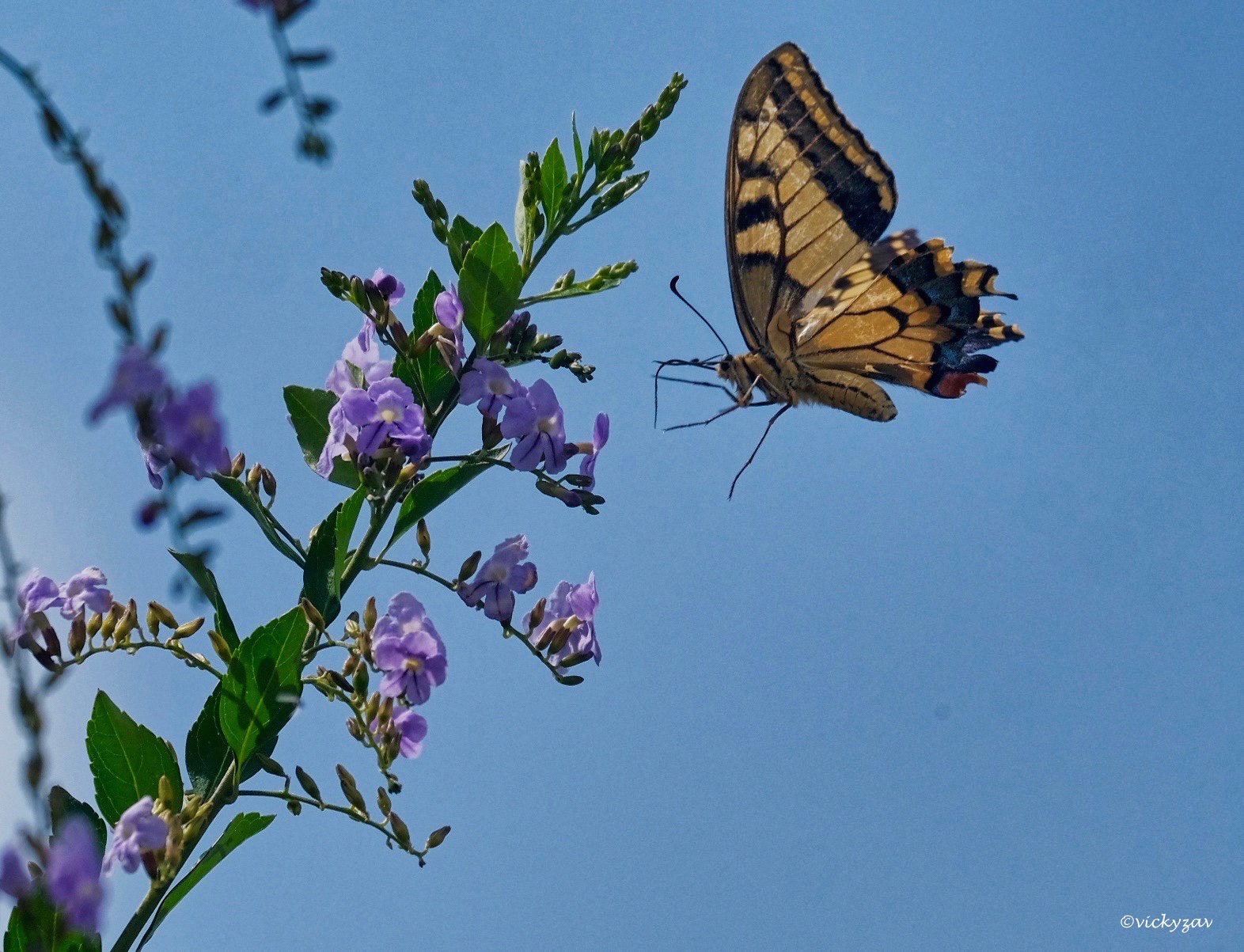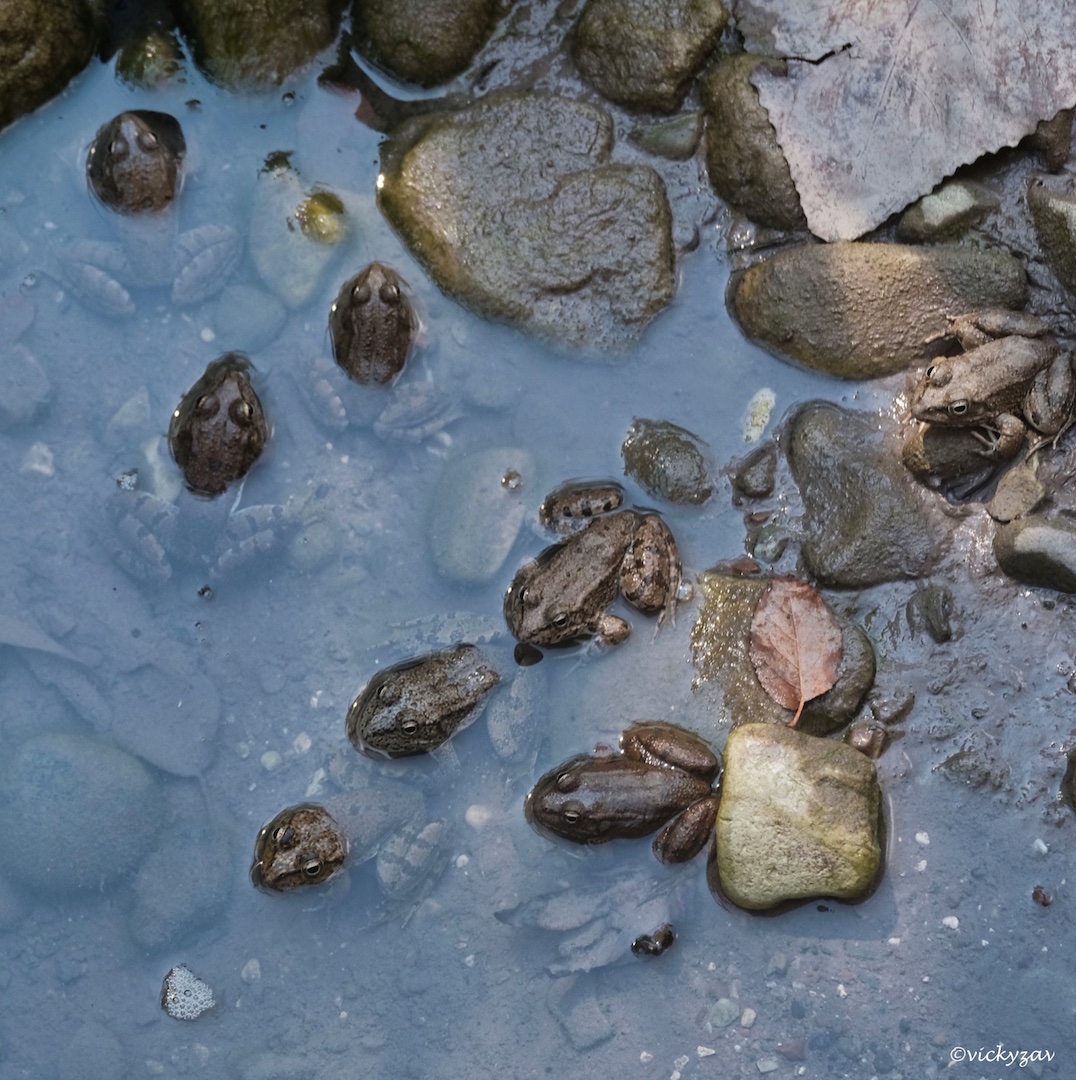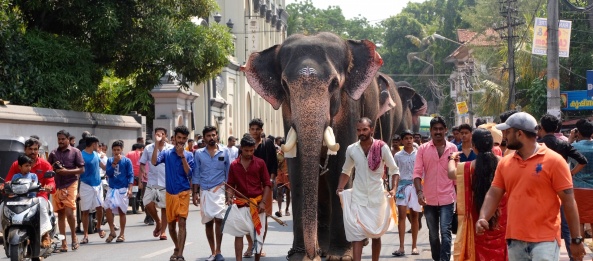Well, I wasn’t blogging!
This year, after an India and Oman trip during April, I headed back to Cyprus for the summer.
Now I’m not working in the UAE, visiting the region during the summer months isn’t appealing but my home in Cyprus is.
Sorting the years of never sorted clutter (still an ongoing and tedious project) and fixing the house ( Luckily the OH does D-I-Y extremely well) were my priorities and working on the garden is my ultimate pleasure.
I was happy to be here enjoying my home at long last, but I want to learn new skills, my background has been leaning towards the arts forever and last year I started Mosaic classes with a local Mosaic artist, Sharen Taylor ( interesting links below) who is extremely talented and has her own unique take on the ancient art and is an established face within the Arts scene in Paphos.
This year I moved onto the intermediate level and joined a course where we were to make a table.
My choice was to make one for outside, I have a lovely seating area in the shade, but, no table for the morning frappe or glass of vino that perfects a Cyprus summer’s eve.
Measurements taken, 60cm x 120cm, 50cm high, a perfect fit.
Then I drew a blank on the design, vague notions of vine leaves, grapes, olives, and pomegranates swirled around in my head but wouldn’t flow on paper. So, I left the designing, feeling inspiration would eventually arrive.
Teacher messaged to advise to have our design expanded to the actual size.
Hmm, panic, this was my project, I had to do something, I only had a head vision which wasn’t coming together.
I spent the evening cobbling together a little design ( you will note this has nothing to do with the aforementioned head plan of grapes, vines or pomegranates, but leans towards lemons, oranges and almond blossom, such are the vagaries of head art, but it’s all relevant to Cyprus life).
Scrabbling around in cupboards for pencils, crayons, old geometry sets, observant folks will note the ruler in the pictures and understand just how old that is!
I like precision and it started to take shape. Enlarged the next day with some blank parts (To be decided), working on the principle that the design would flow as it evolved.
Head thoughts, to be worked on in progress…
This was quite a big project and I was going to be living with the end result, so I needed to do what I wanted to do, break a few rules if there are any and go with my art heart!
Once it started, it became my nightly pleasure. “Darling” son who lives with me, is working in the hospitality industry, late nights are the norm, there was no one who needed my cooking skills and I can live quite happily on cheese and biscuits, bread and cheese, biscuits and cheese, cheese and… well, you get the picture!
Work in progress…
July mosaiced into August, my daughter arrived for three weeks holiday so I put my tile nippers and glue away and became social again, but there was a deadline to the final session ticking away so whilst she was out clubbing away some evenings, I was snipping, cutting and gluing, racing towards completion day.
Grouting day appeared, a messy time, plus apprehension as to whether I’d done it right, had I used the right amount of water and grout, had I stood on the tiles hard enough to make it level ( Yes, one way of ensuring a big piece is glued down evenly, I didn’t think of that either! Thank you, Teacher!)
Finished-pre-grout…
Luckily the OH had appeared for a D-I-Y visit, he helped me and we brought it home. Horror, there were cracks appearing, panic built, but Teacher passed by on her way home and taught me the grout fixes.
The mosaic panel was inserted into the table frame.
The result for me was the pleasure of the whole project.
I’d enjoyed the creation and the finished table was something I’d completed, finally!
A very satisfying summer and a new table!
Finished, post-grout…
I did mention I’d only be doing this once, but, well, I’ve now joined into another glass and mosaic workshop and guess what, I’m doing another table! The table journey to be continued…
And I need to catch up on rather a lot blog-wise. Hmmm…
My excellent teacher:
http://www.sharentaylor.com
www.facebook.com/SharenTaylorMosaics



